Ultraviolet B Preconditioning Enhances the Hair Growth-Promoting Effects of Adipose-Derived Stem Cells Via Generation of Reactive Oxygen Species
January 2013
in “Stem Cells and Development”
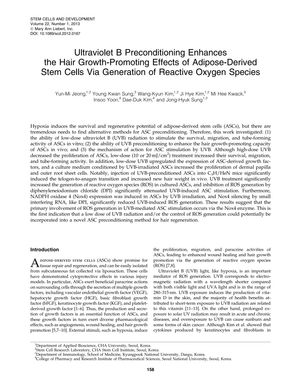
TLDR Low-dose UVB light improves hair growth effects of certain stem cells by increasing reactive oxygen species.
The 2013 study investigated the impact of low-dose ultraviolet B (UVB) radiation on adipose-derived stem cells (ASCs) and its potential to promote hair growth. Low-dose UVB preconditioning was found to enhance the survival, migration, and angiogenic differentiation of ASCs, as well as upregulate the expression of growth factors associated with hair regeneration. The study showed that UVB-preconditioned ASCs, when injected into mice, significantly induced the transition from the resting phase to the growth phase of hair, resulting in increased hair weight. Additionally, the study revealed that UVB treatment increased reactive oxygen species (ROS) generation in ASCs, which was crucial for the stimulation of ASCs and their hair growth-promoting effects. The enzyme NADPH oxidase 4 (Nox4) was identified as a key player in ROS generation, and inhibiting ROS or silencing Nox4 reduced the UVB-induced effects. The study suggests that UVB preconditioning, possibly through the control of ROS generation, could be a novel method for enhancing the hair regenerative potential of ASCs. The number of mice used in the transplantation part of the study was 4, with 2 sites per mouse for each group.
View this study on liebertpub.com →
Cited in this study
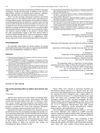
research Hair growth promoting effects of adipose tissue-derived stem cells
Fat tissue stem cells may help increase hair growth.
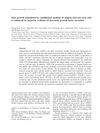
research Hair growth stimulated by conditioned medium of adipose-derived stem cells is enhanced by hypoxia: evidence of increased growth factor secretion
Low oxygen conditions increase the hair-growing effects of substances from fat-derived stem cells by boosting growth factor release.
research l-Ascorbic acid 2-phosphate promotes elongation of hair shafts via the secretion of insulin-like growth factor-1 from dermal papilla cells through phosphatidylinositol 3-kinase
Vitamin C derivative helps hair grow longer by making cells produce a growth factor through a specific cellular pathway.
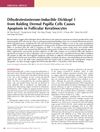
research Dihydrotestosterone-Inducible Dickkopf 1 from Balding Dermal Papilla Cells Causes Apoptosis in Follicular Keratinocytes
A substance called DKK-1 increases in balding areas and causes hair cells to die when exposed to DHT.
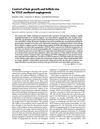
research Control of hair growth and follicle size by VEGF-mediated angiogenesis
VEGF helps hair grow and determines follicle size by increasing blood vessel growth.